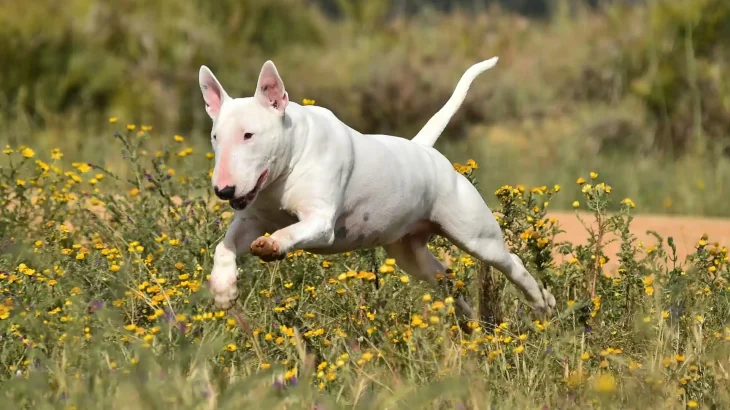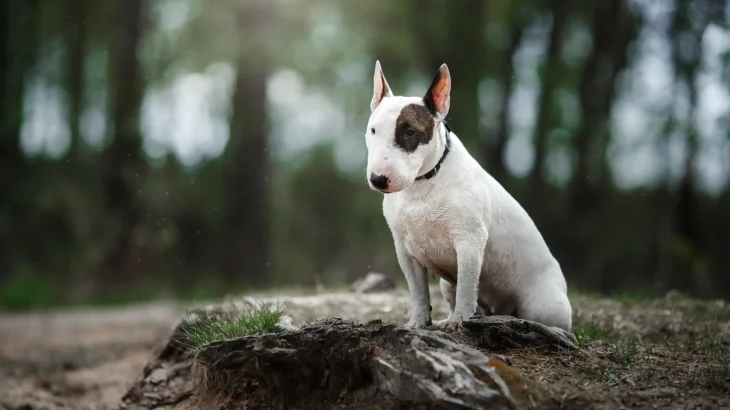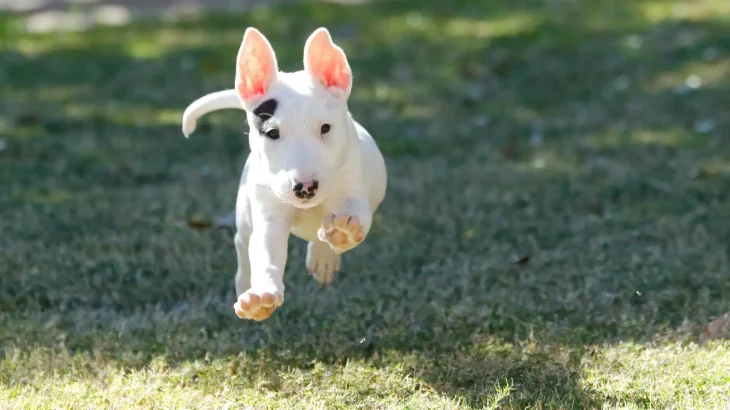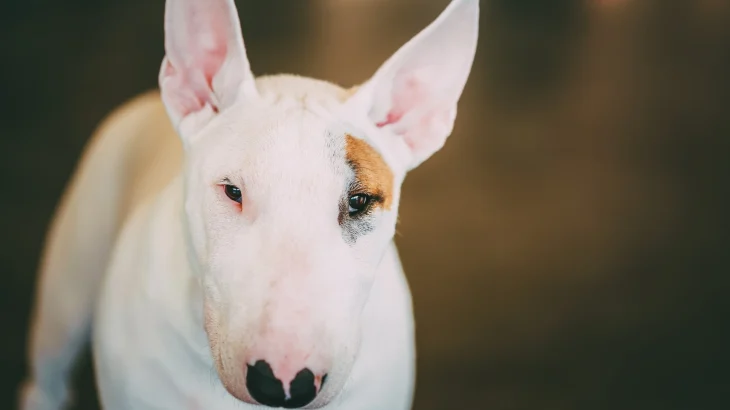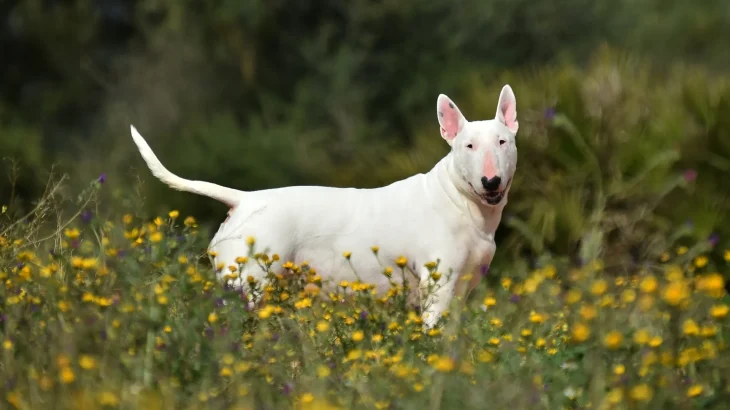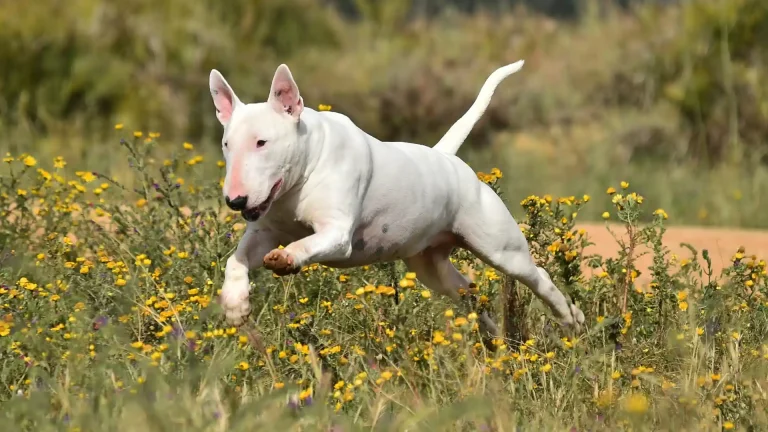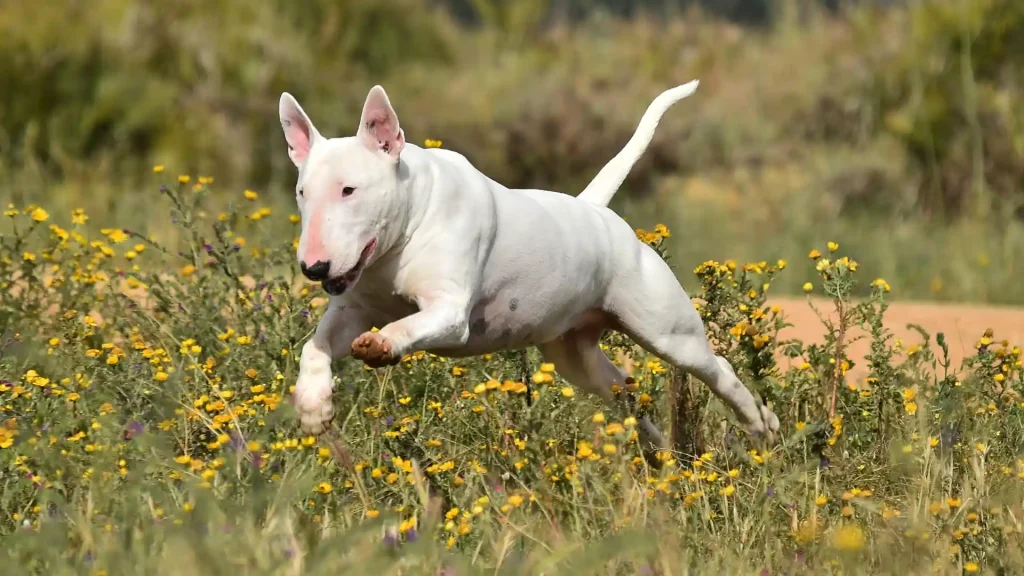Choosing between adopting or purchasing a Bull Terrier puppy involves weighing factors like health history, cost, and ethics. Buying from a breeder may offer more predictability about lineage and early care, while adopting can save a life and usually costs less. Both options have merits depending on your priorities as a dog owner.
| Criteria | Buying from Breeder | Adopting from Shelter/Rescue |
|---|---|---|
| Cost | Higher initial cost reflecting breed and breeder expenses. | Lower adoption fees, usually including vaccinations and spaying/neutering. |
| Health History | Detailed records and genetic screening from reputable breeders. | Health checks done, but history may be limited or unknown. |
| Age Availability | Mostly puppies for early bonding and training. | Variety of ages including adults and seniors. |
| Temperament Insight | Breeders provide info on lineage and early behavior. | Shelter staff share observed traits; history might be incomplete. |
| Supporting Practices | Supports ethical breeding if carefully chosen. | Supports animal welfare by rehoming dogs in need. |
| Ethical Considerations | Possible risk of unethical breeding if not vetted. | Helps reduce overpopulation and abandonment. |

